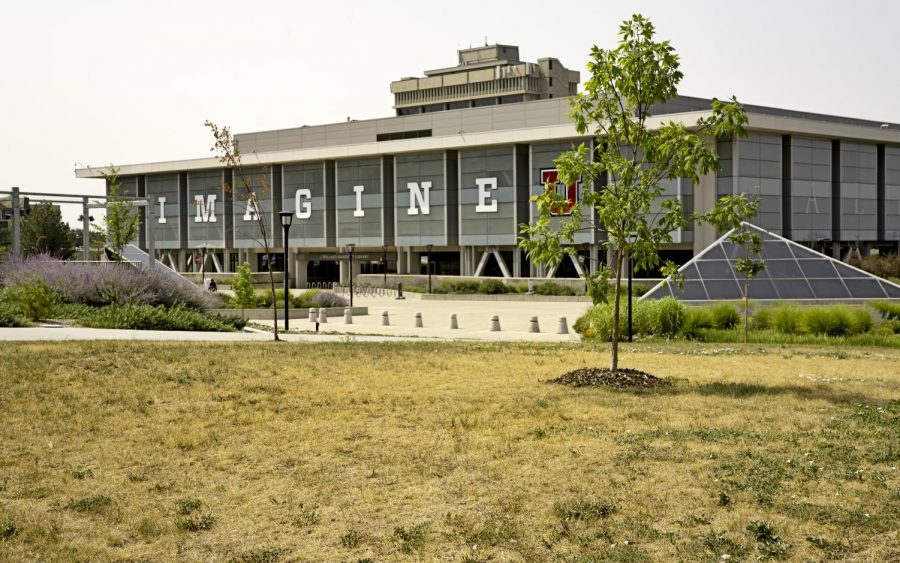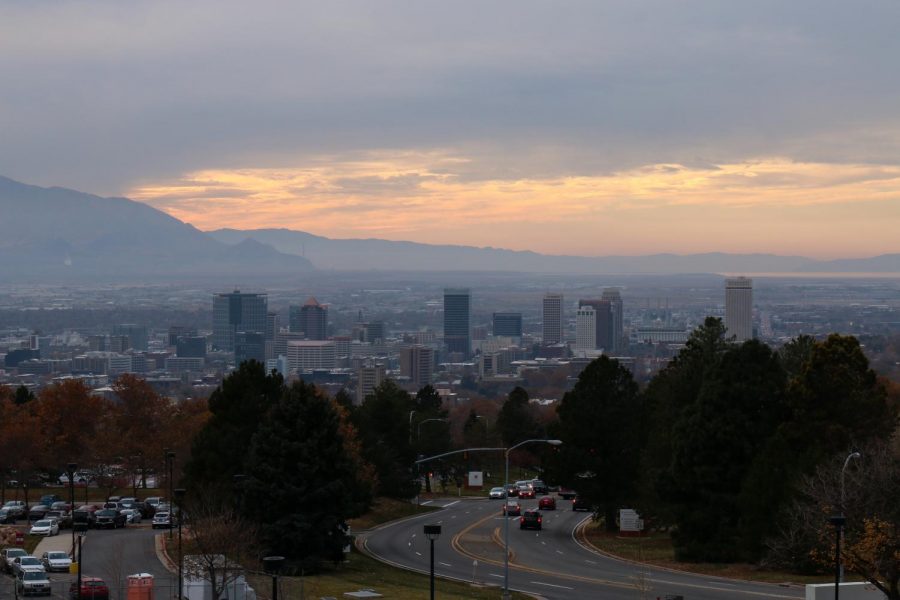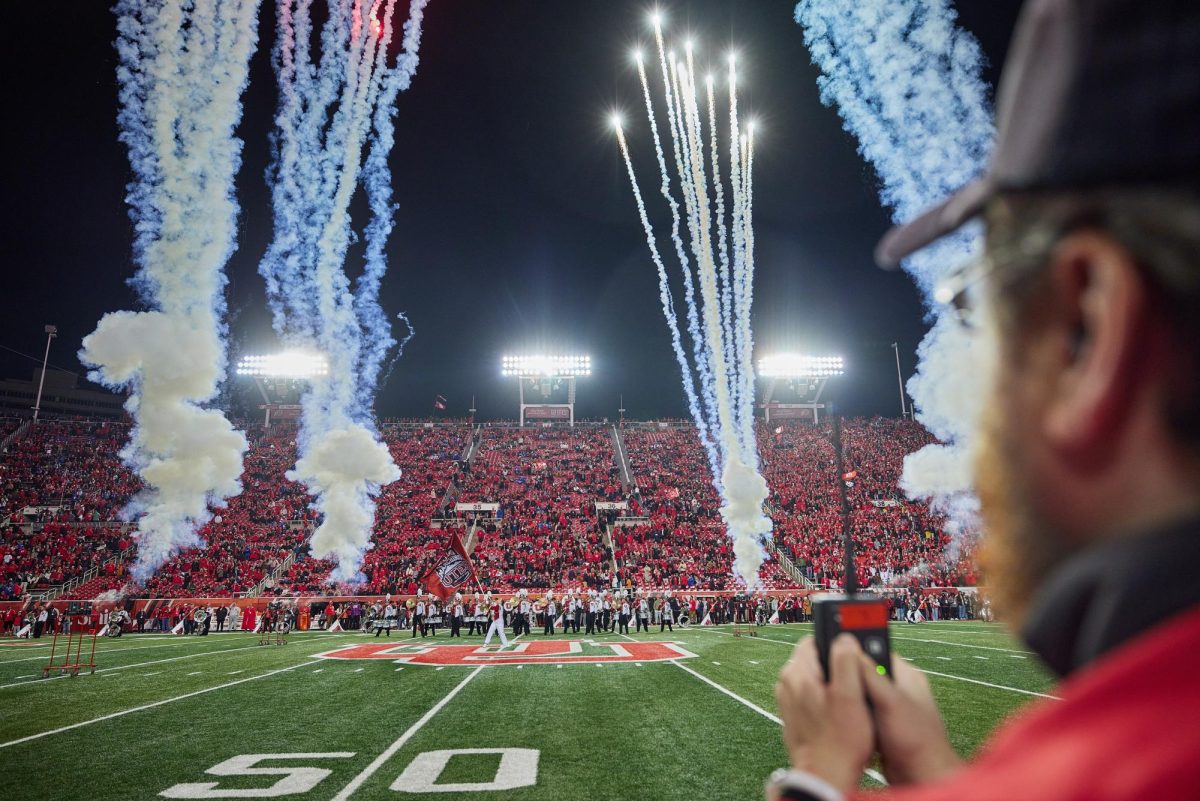With a Worsening Drought, The U Works to Save Water
The drought’s effect on campus with view towards the Marriott Library on July 24, 2021. (Photo by Kevin Cody | The Daily Utah Chronicle)
June 18, 2022
According to drought.gov, 98.87% of Salt Lake County is under extreme drought conditions while at the same time, according to Gov. Cox’s office, “99.39% of the state is in severe drought or worse.”
Utah is among the driest states in the United States. A recent report from Fox News listed Utah as the fourth driest state in the country.
Gov. Cox recently issued a state of emergency in response to the drought and said in a news release, “We’ve had a very volatile water year, and unfortunately, recent spring storms are not enough to make up the shortage in our snowpack. Once again, I call on all Utahns – households, farmers, businesses, governments and other groups – to carefully consider their needs and reduce their water use.”
Chris Benson, associate director of sustainability and energy at the University of Utah, said the plants at the U will survive but not thrive due to a reduction in watering.
“The easiest thing that we can do within the community is to operate our systems differently so, for instance, sometimes with a push of a button, we can choose to water less and focus more on helping our plants survive rather than thrive,” Benson said.
Benson added the U implements what they call “hydro zoning” which is targeting proper areas around campus to water that need the water — not just turning on the sprinklers every morning.
He said hydro zoning is about splitting watering into sections that make the best use of that water.
“For instance, if we can have an irrigation line that feeds our trees and not a mix of trees and grass, then we actually can run that less and make sure that the trees are well taken care of,” Benson said.
John Walker, landscape supervisor within the facilities department, said the U has had a water conservation plan for years now, but the plan has been “magnified” in response to worsening conditions and further government restrictions on watering.
“We were able to reduce water just by changing over the controllers and setting the smart controls and the flow sensors working correctly and getting some of the feedback from that,” Walker said.
He added they were able to reduce water usage through this method by 20%.
Walker said the new construction projects the U has implemented involve water-wise landscaping — something that can be planned and budgeted for.
He said since he started working at the U 10 years ago, they have been putting in water-wise landscaping all around campus including new buildings which were designed for lower water usage.
Both Walker and Benson said it is more efficient and cost effective for the U to implement water-wise landscaping on new projects only as there would be significant costs involved in changing all of the landscaping at the U.
“I feel very comforted that not only do we have a lot of smart people focusing on solutions, but we’re seeing the results, we’re seeing the needle move, and that will only continue,” Benson said.












